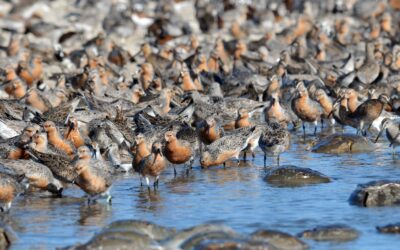A group of aid agencies released a report yesterday giving their perspective on the impact of the military being involved in reconstruction and development in Afghanistan.
Report abstract: As political pressures to “show results” in troop contributing countries intensify, more and more assistance is being channelled through military actors to “win hearts and minds” while efforts to address the underlying causes of poverty and repair the destruction wrought by three decades of conflict and disorder are being sidelined. Development projects implemented with military money or through military-dominated structures aim to achieve fast results but are often poorly executed, inappropriate and do not have sufficient community involvement to make them sustainable. There is little evidence this approach is generating stability and, in some cases, military involvement in development activities is, paradoxically, putting Afghan lives further at risk as these projects quickly become targeted by anti-government elements.
Read the report: Quick Impact Quick Collapse:_The Dangers of Militarized Aid in Afghanistan




0 Comments